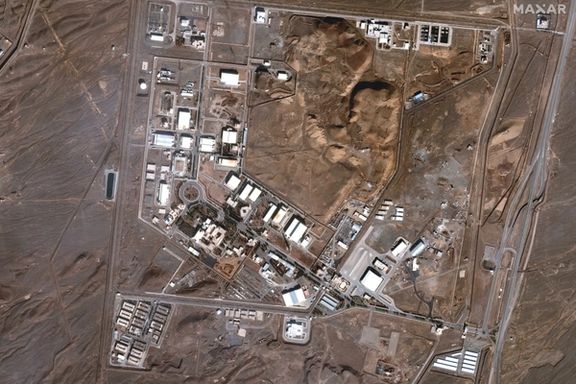Israeli airstrikes on Iran’s nuclear infrastructure have inflicted damage on aboveground facilities but have not destroyed the deeply buried centrifuges or the country’s stockpile of near-weapons-grade uranium, the Washington Post reported on Saturday, citing nuclear experts and imagery analysis.
“We struck at the heart of Iran’s nuclear enrichment program,” Israeli Prime Minister Benjamin Netanyahu said following the attacks. However, analysts suggest that the core of Iran’s capability—particularly at hardened sites like Fordow and Natanz—remains intact.
“Until I know that Fordow is gone and until I know where that highly enriched uranium is and whether it’s usable, I consider us on the clock,” said Richard Nephew, a former US nuclear negotiator and fellow at the Washington Institute for Near East Policy.

Fordow and Natanz, Iran’s two main enrichment facilities, are fortified deep underground.
Experts cited by the Washington Post said only the US-made Massive Ordnance Penetrator could potentially damage them—an option not available to Israel.
“Israel can damage key Iranian nuclear facilities, but Israel can’t destroy hardened sites like Fordow without US military assistance,” said Kelsey Davenport of the Arms Control Association.
According to satellite imagery reviewed by analysts, the strikes at Natanz knocked out electrical infrastructure and destroyed a small research facility but spared the underground production site.
“They’ve disabled the facility by destroying the power substation, but they haven’t destroyed the facility in a way that would impact Iran’s long-term breakout capacity,” said Decker Eveleth, a missile and nuclear programs researcher.
Strikes were also reported at other locations, including a uranium metal facility in Isfahan, the heavy water reactor in Arak, and a military base near Tabriz. Yet analysts believe Iran’s enriched uranium and key centrifuges remain untouched.
“The centrifuge production hall at Natanz appears undamaged,” said Jeffrey Lewis of the Middlebury Institute, warning that Iran can continue to produce critical components. “So I presume they’re going to keep on making them.”
Former CIA analyst Kenneth Pollack suggested that Israel may pursue other tactics, including cyberattacks or special operations, to degrade Iran’s program further.
Experts also warned that the attacks could also strengthen hardliners in Iran pushing for an overt nuclear weapons capability. “The political momentum will doubtless shift to the bomb advocates,” said Jim Walsh of MIT.









